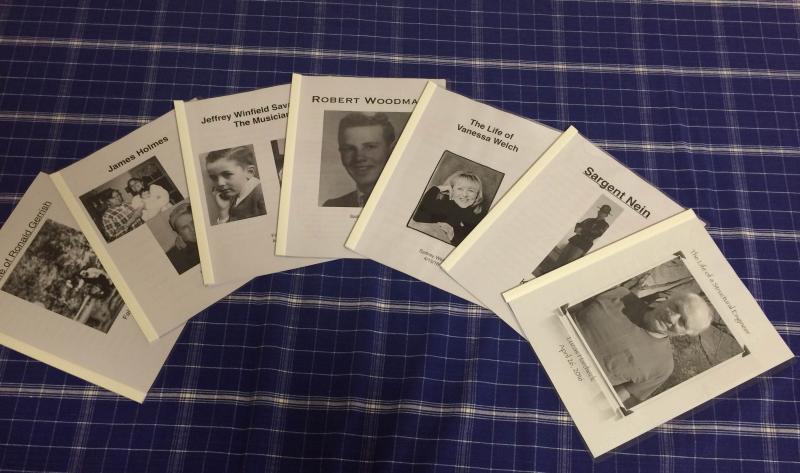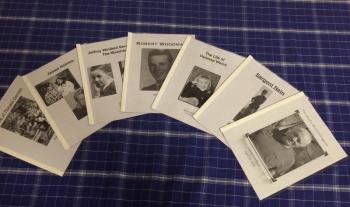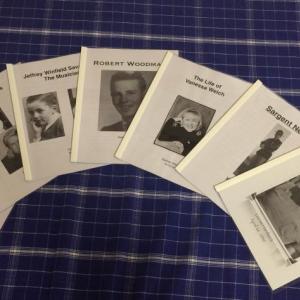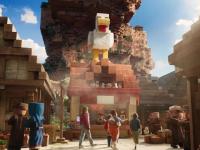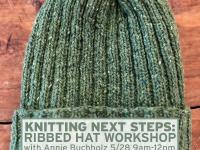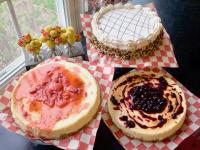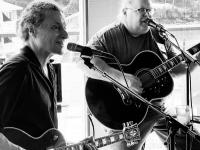Students tackle living history
In a fresh approach to looking at the past, sixth graders at Boothbay Region Elementary School used their research skills for a living history project this spring. Under the direction of teachers Hildy Johnson and Cathie Parkhurst, the study was intended as an exploration of history using primary sources.
“Until recently, using a primary source was not a requirement because students had such little access to the sources,” said Parkhurst.
The project was also created to enhance the study of historical eras and timeliness in Johnson's social studies class, Parkhurst said.
The 38 students were all asked to interview an adult to better understand how our culture has changed throughout the years. The decades spanned the majority of the 20th century, specifically the 1920s through the 1980s, from the flappers to Iran-Contra.
“Students compared their childhood experiences to those of their subjects, learned of important state, national and international events. They also learned how these events affected their subjects,” said Parkhurst.
As defined, a primary source (also called original source or evidence) is an artifact, a document, a recording, or other source of information that was created at the time under study. It serves as an original source of information about the topic.
It was an exercise in process. The students researched and wrote 15 questions for their subjects and, armed with iPads, felt they were not just asking questions but connecting with people and their pasts.
According to a report written by BRES sixth graders Sydney Welch, Falyn Harriman and Alyson Harriman, the project also involved developing a thesis statement, organizing information and citing sources via a bibliography. After students finished a first draft, the work was first peer-reviewed and then presented to Parkhurst for a final edit.
“If Mrs. Parkhurst found any mistakes, points were taken from our final scores,” read the report. “We had to add a photograph of our subjects to the title page. The whole process took seven weeks.”
Once the individual pieces were created, cards were made with the subject’s picture on the card, their date of birth, and a fact about an event that took place that year. Once completed, a timeline was placed on the wall.
The project was a crash course in research and journalism, a lesson that will serve them well in the years. More importantly, it was interesting, said the students.
“This process was difficult but certain parts were easy and even fun. It was a great project,” they said.
Event Date
Address
United States

